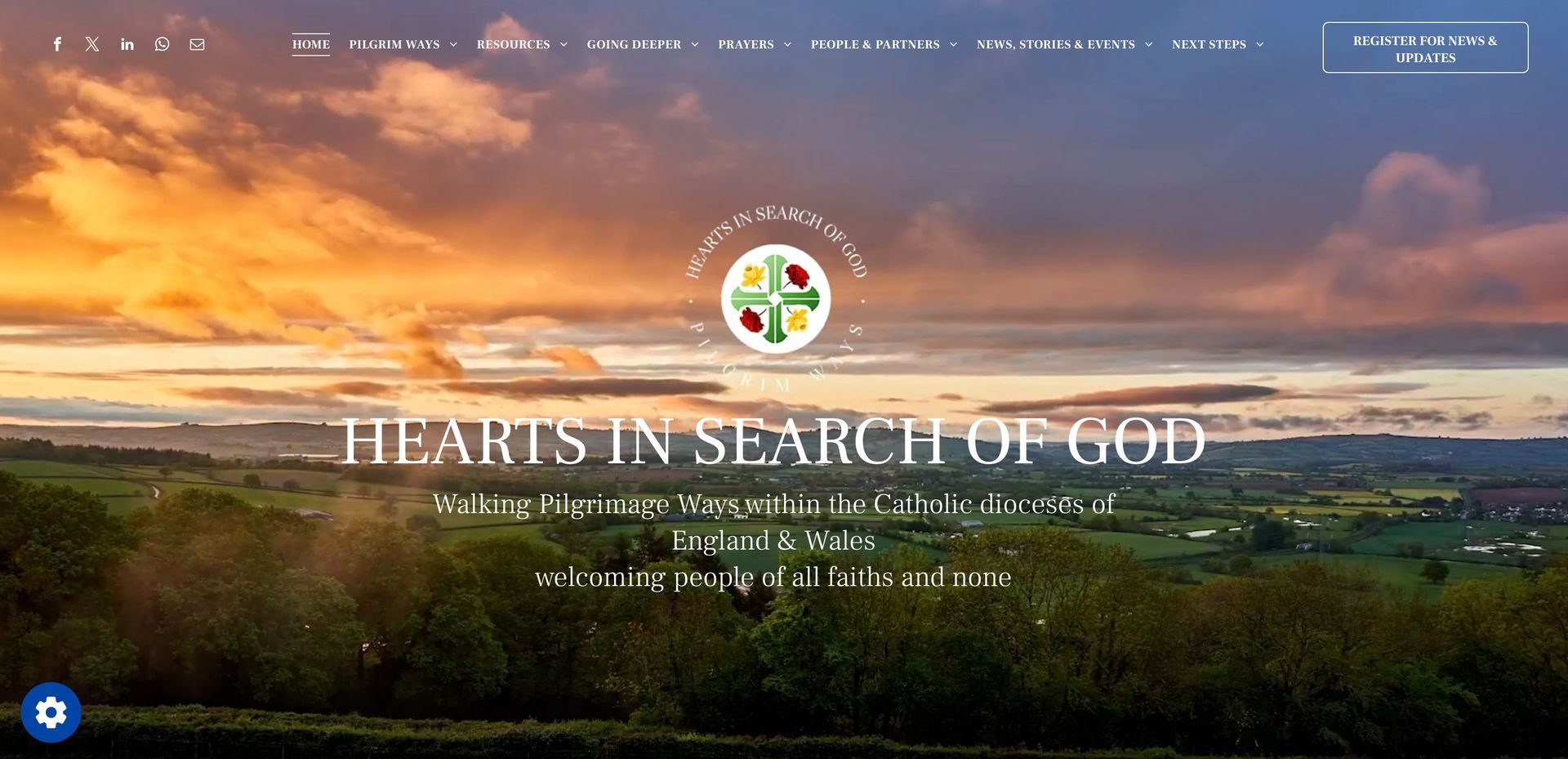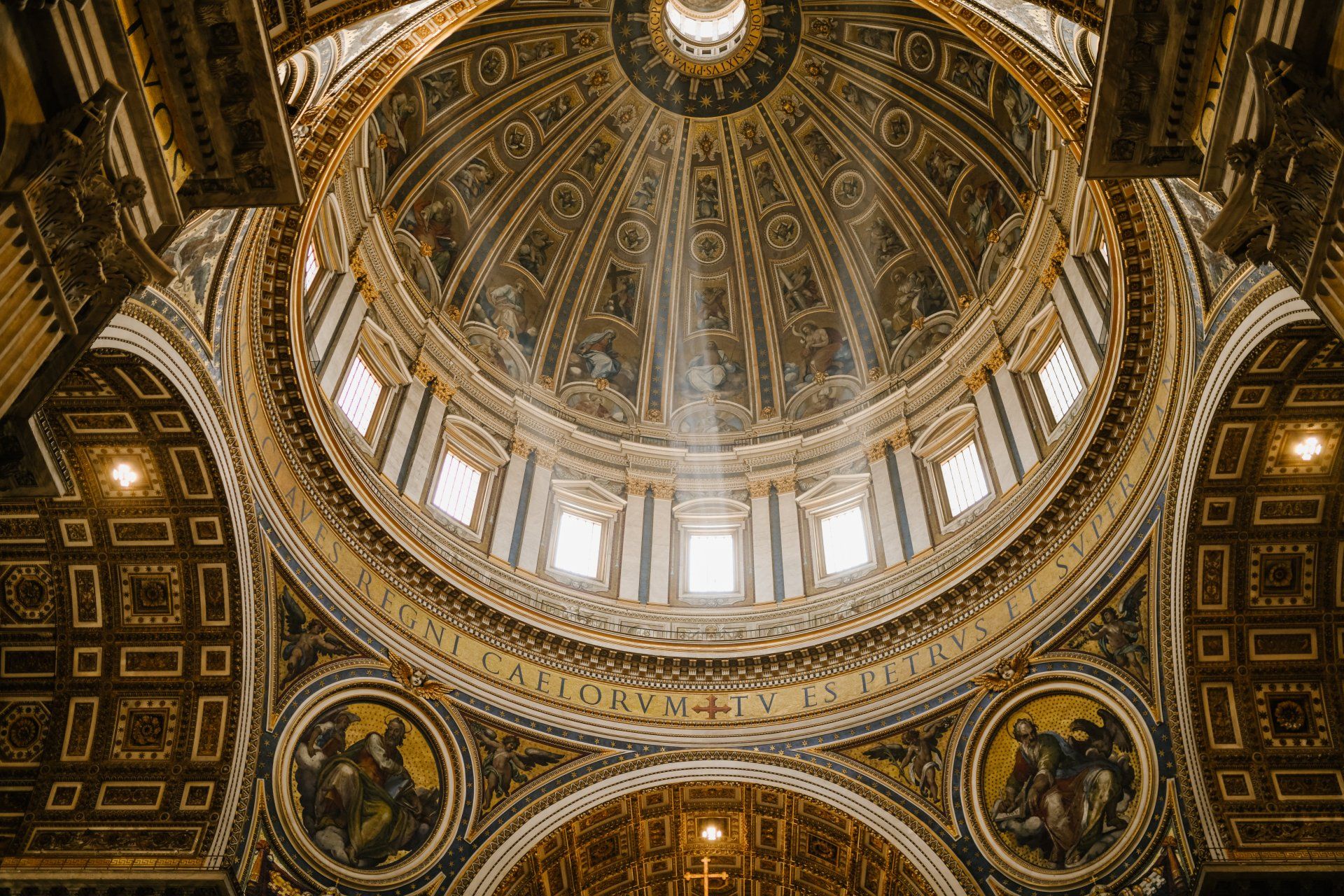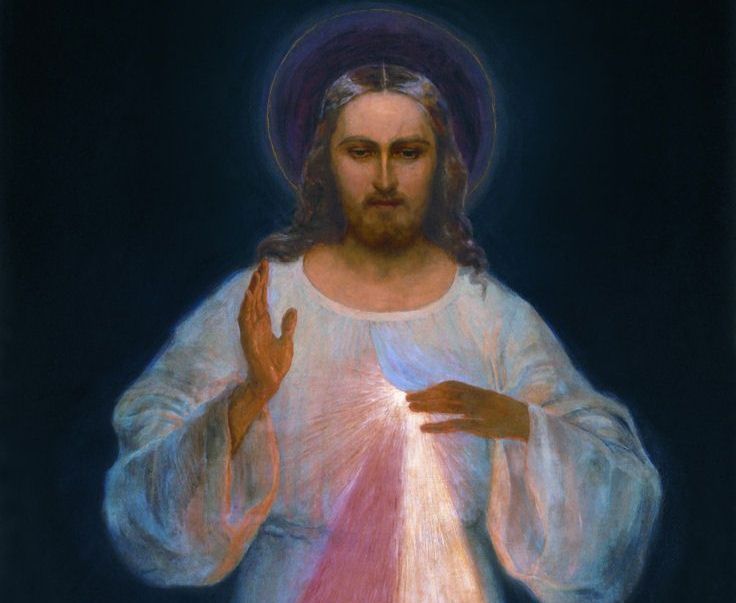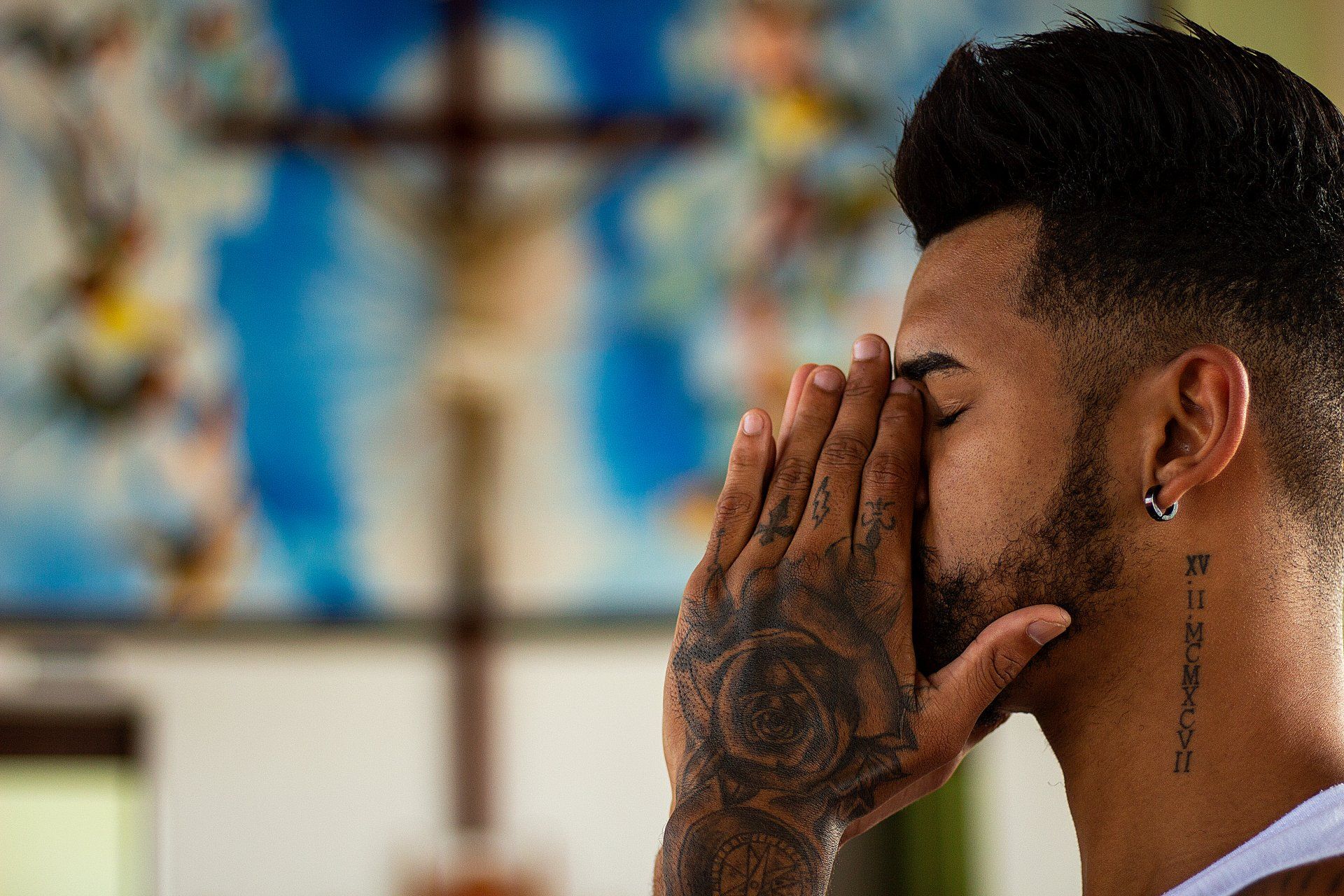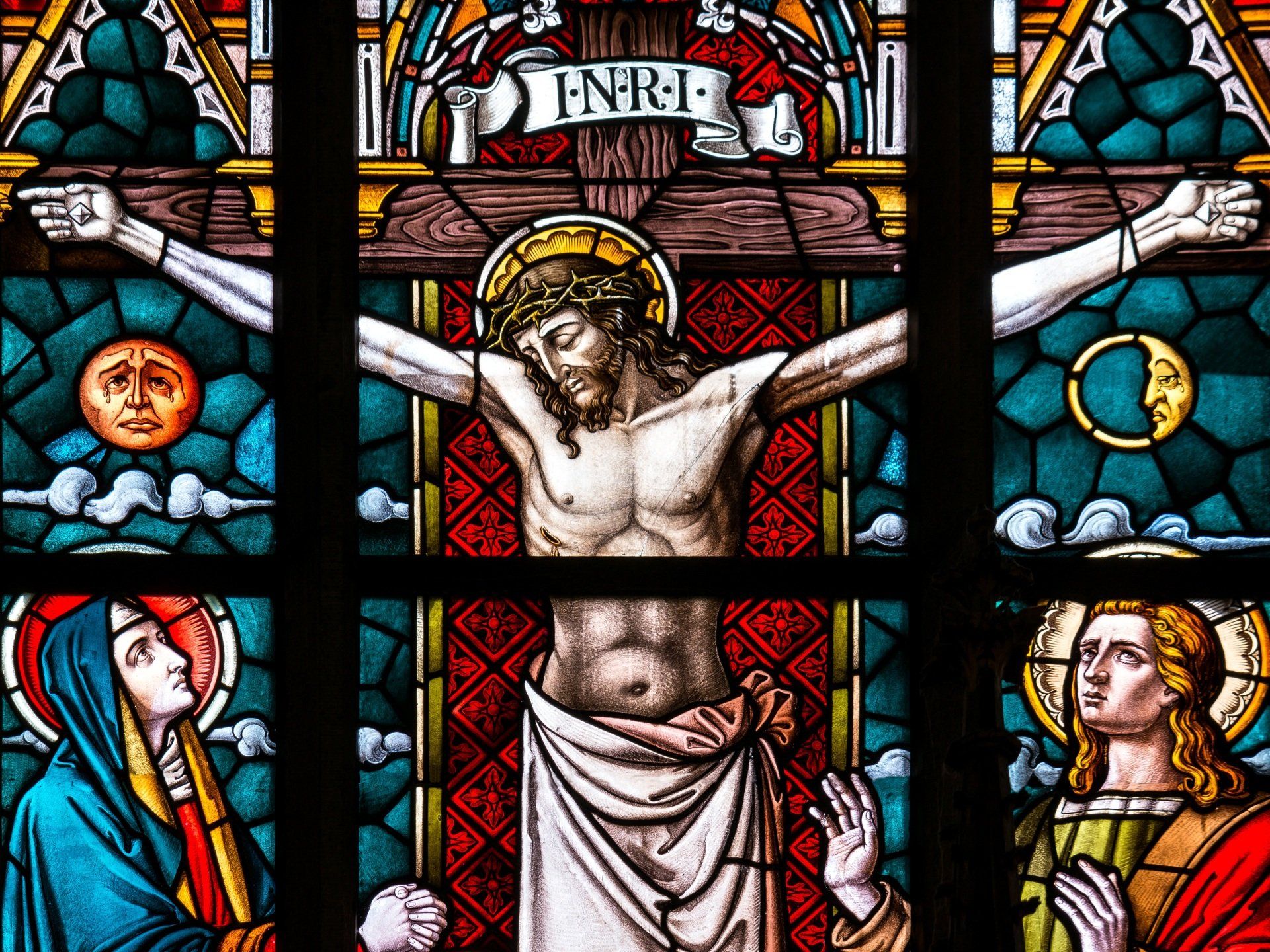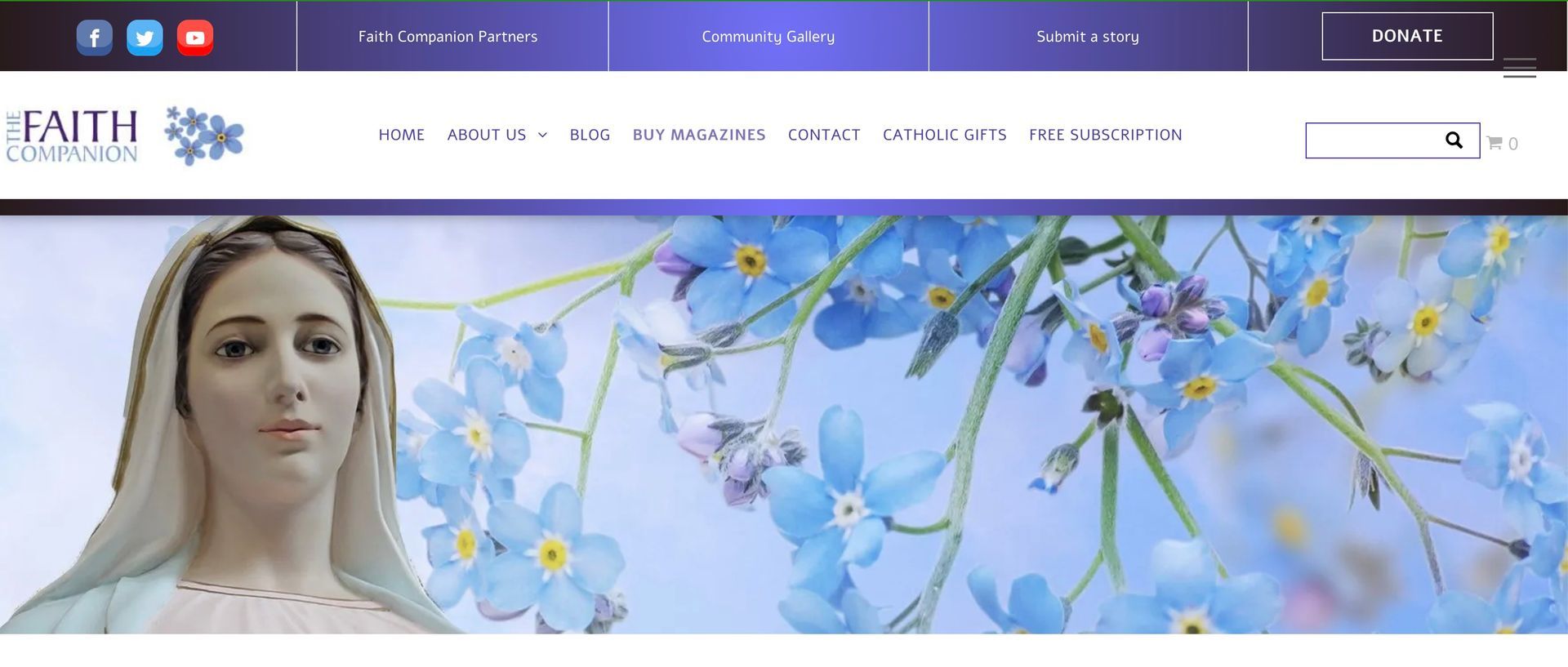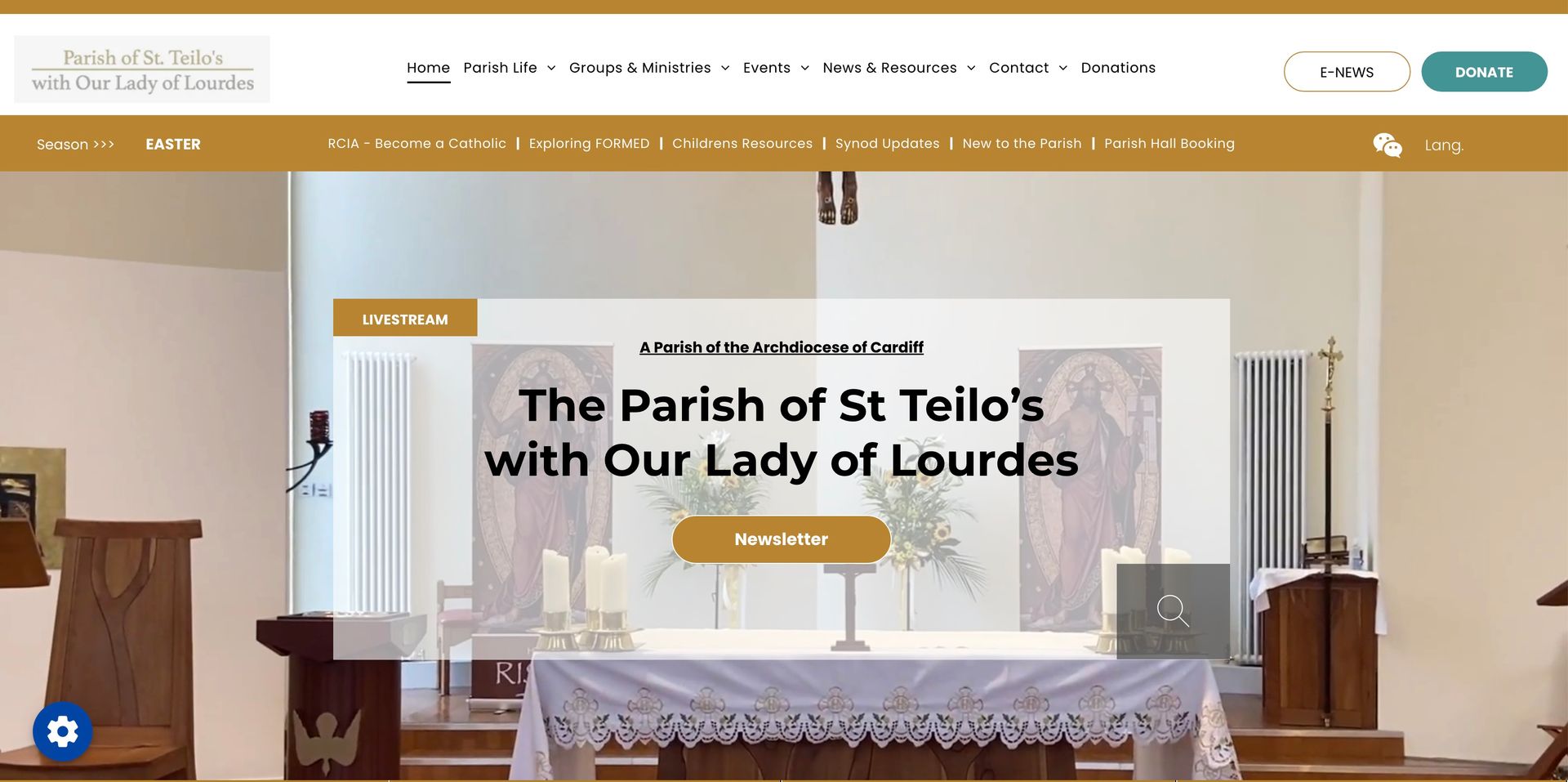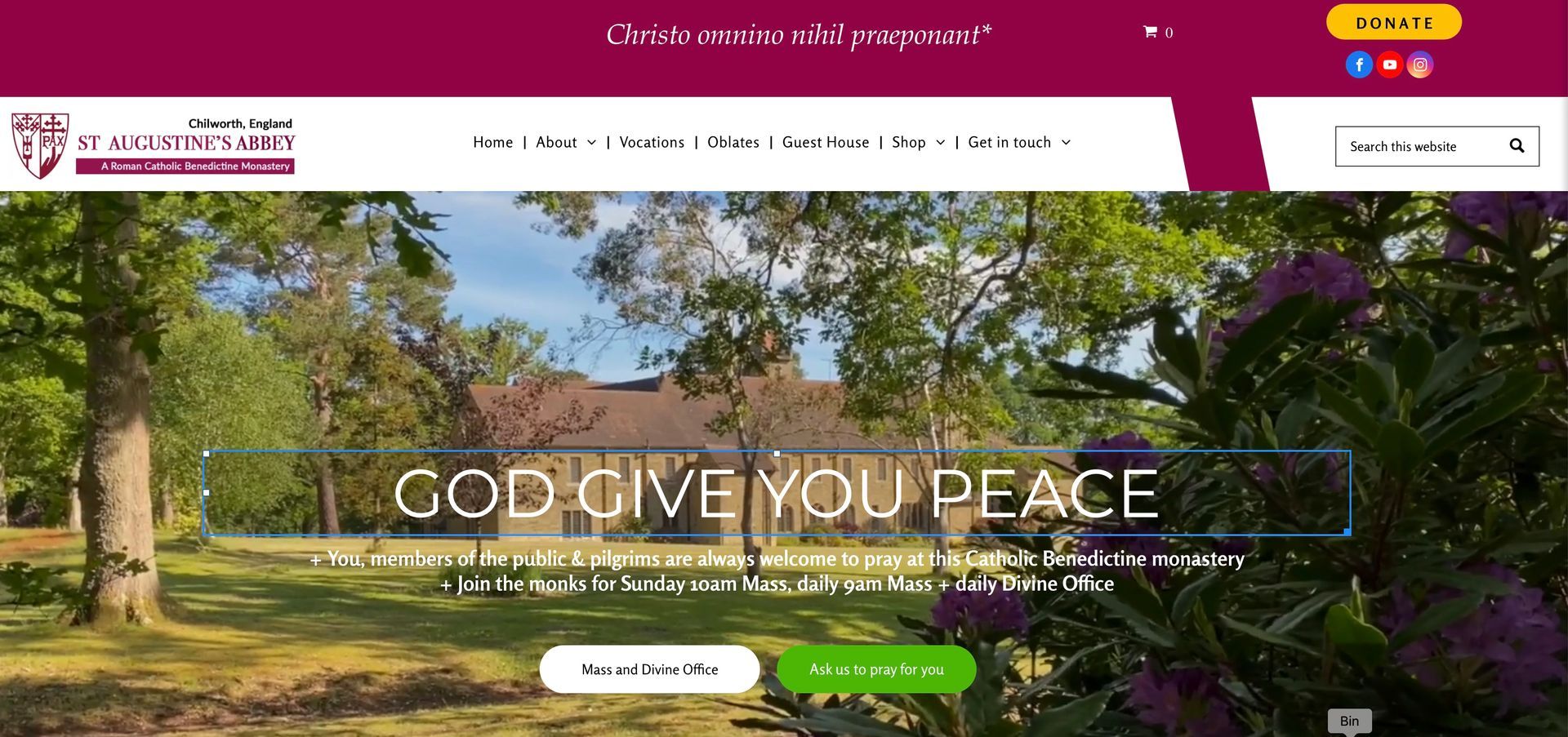Sister Maria Faustina Kowalska
Sister Maria Faustina Kowalska
Dr Roderick Campbell Guion OCDS
An article taken from the September 2022 Edition of the Faith Companion Magazine - Authorised to publish.
God must surely enter our lives in many more ways than we realise but what about all those special graces we notice from time to time – are they hints from God or just mere coincidence? Coincidence is a question that has interested me for years and a quick scan through Google will show that it is a subject that provides substance for the ongoing debate between theists and atheists
One day about seven years ago a woman I was speaking to suddenly
asked me what I understood by the Divine Mercy devotion, and I could see that the evasive answer I gave did not convince her. The next time that we met she presented me with a substantial 700-page volume containing the diaries of St Maria Faustina Kowalska and extracted a promise from me that I would read it. At the time we were shortly due to move back to Scotland so in the meantime the book ended up being put on a shelf. In our new house I am ashamed to admit that the book had remained unopened on another shelf in my study – that is until Kathy, our editor-in-chief, asked me to write this article on St Faustina. Coincidence or message? Well, that must be for others to judge.
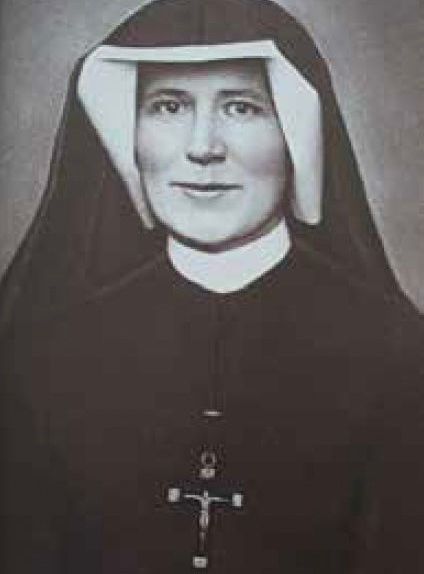
Helena Kowalska was born in the village of Głogowiec in Poland on 25th August 1905. At the age of seven she was to receive her first call to the religious life: “I heard God’s voice in my soul; that is, an invitation to a more perfect life. But I was not always obedient…” Her parents in any case refused
to grant permission for a religious vocation and over time Helena was drawn into the normal distractions of teenage life, as indeed had been St Teresa of Ávila in the years before she answered her own vocation. One day, whilst
attending a dance in Łódź along with her sister, she relates that the
music suddenly stopped and the company seemed to disappear as she received a vision of the suffering and wounded Jesus standing by her side. The vision spoke these words to her: “How long shall I put up with you and how long will you keep putting me off?”
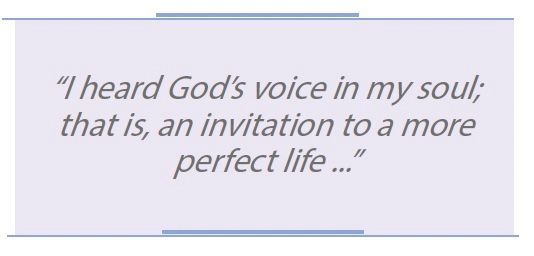
Making an excuse to her sister she fled from the party and made her way to the Cathedral, where, as she lay prostrated before the Blessed Sacrament, she heard a voice that told her she was to, “Go at once to Warsaw; you will enter a convent there.” Helena confided this to her sister and immediately set off for Warsaw with little other than the clothes she was wearing. Not knowing where to go she knocked at the door of several convents but after a series of rejections she was now beginning to doubt the mission she had been given. She was finally invited into a convent where the prioress, having heard her story, instructed her to go to the chapel and pray for discernment. The positive message that Helena reported she had received in prayer convinced the prioress of her vocation and so at the age of 19 she entered the Congregation of the Sisters of Our Lady of Mercy, taking the name of Sister Maria Faustina. During her novitiate she experienced repeated periods of darkness interspersed with recurring visions. After making her vows she spent a number of years at different convents throughout Poland where she was engaged in mostly menial tasks, but this did allow her to commit time to prayer and reflection. This was of course during the 1930s, a period of mounting political tension in Europe.
In 1933 the Nazi party gained control of Germany, an event that led to the subsequent annexation of St Faustina’s homeland, igniting thus a conflict that would spread across three continents. With the benefit of hindsight
we might not be surprised that Our Lord should have been concerned
about the perilous state of humanity at this particular time and the message of Divine Mercy that St Faustina received was surely a response to the direction in which humanity was moving. The collapse of stock markets in
1929, and the subsequent severe economic recession, had created great uncertainty and in Europe the platitudes of fascism would appear fatally attractive for many.
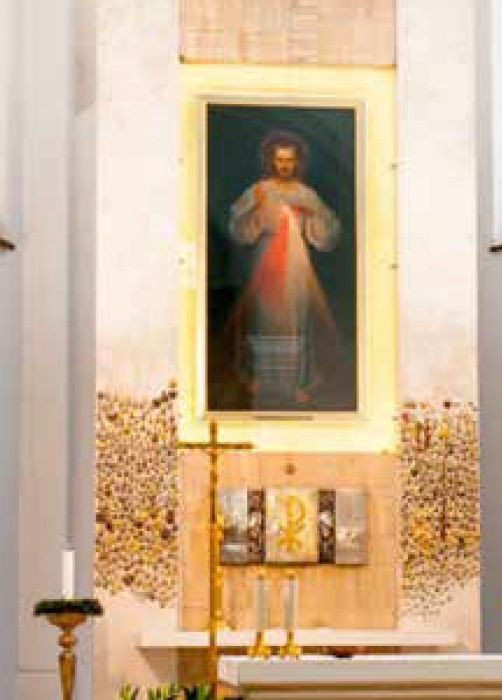

It had gained control of Italy during the 1920s, spreading to Germany in 1933 and finally to Spain in 1936. In 1934 Sir Oswald Mosley’s British Union of Fascists were able to claim some 40,000 members, showing that even those countries who finally stood against Hitler were themselves not free from what with hindsight might now be described as a malevolent energy.
It was at the outset of this troubled decade that St Faustina received a dramatic vision of Christ. On 22nd February 1931, she received the folowing message:
“Paint an image according
to the pattern you see, with
the signature: Jesus, I trust
in you. I desire that this
image be venerated, first
in your chapel, and [then]
throughout the world.”
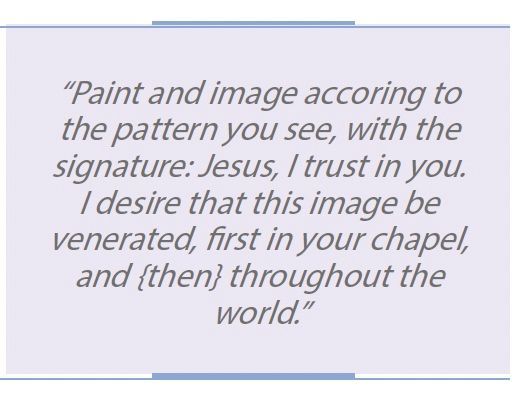
In response St Faustina commissioned an artist to create a painting of the image she had seen, resulting in the now familiar image showing Jesus facing us, with His right hand raised in blessing and His left hand on His Heart, from which dramatic rays of light are streaming. Tragically St Faustina would die of tuberculosis at the age of 33, possibly even a mercy
by saving one so sensitive from the Nazi invasion that occurred the following year. During these intervening years she had kept the diary which would provide the foundation for what was to become the Divine Mercy devotion. So how did this message come to reach an international audience? After the Nazi invasion Fr Józef Jarzębowski was fearing for his life and thus made a dramatic bid to escape to America, crossing through Stalin’s Russia and wartime Japan with little more than what he could carry on his back. He made a promise that if he was permitted to reach the United States unharmed he would spend the rest of his life spreading St Faustina’s message of the Divine Mercy. Arriving there safely In 1941 he was as good as his word. Along with colleagues from the Marian Fathers of the Immaculate Conception he was to establish ‘The Mercy of God Apostolate’ in Stockbridge, Massachusetts, which has since become the National Shrine of The Divine Mercy.
The theology of St Faustina’s diaries has not been without its critics, and in 1959 the devotion was condemned by the Holy Office, at that time under Cardinal Ottaviani, and there it might have stayed but for it being championed by Pope St John Paul II. In 1978, whilst he was still Cardinal Wojtyła, he finally got the ban lifted after having been continually working for this since 1968. This had included commissioning Fr Ignacy Różycki, one of Poland’s leading theologians, to conduct a detailed investigation of the text. Fr Ignacy would later admit that he had initially been sceptical of the devotion and had apparently already drafted a letter asking to decline the project when he chanced to read a few pages from the diary ‘to pass the time of day’. This decision was surely another of those happy coincidences. In this case it would lead him to devote the rest of his life to studying and
propagating St Faustina’s message. It came to light that the text that had been condemned in 1959 contained some serious translation errors and a revised authentic version led to the ban being lifted in 1978. So returning to my earlier question, we might again ask: coincidence or message? Well, having admitted earlier that St Faustina’s diary had remained unopened on my bookshelf, research for this article has made me start reading and I am already drawn to go deeper. I’ll call that a blessing!
REFERENCES
1. St Maria Faustina Kowalska.
1981. “Diary of Saint Maria Faustina
Kowalska: Divine Mercy in My Soul”,
1st ed. Stockbridge, Massachusetts:
Marian Press, para 7.
2. Diary, para 9.
3. Diary, para 10.
4. Diary, paras 47 & 48.
5. Diary, paras 47 & 48.
6. NRSV.
7. Diary, para 47.
